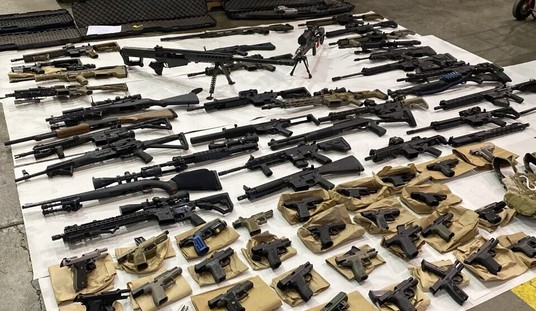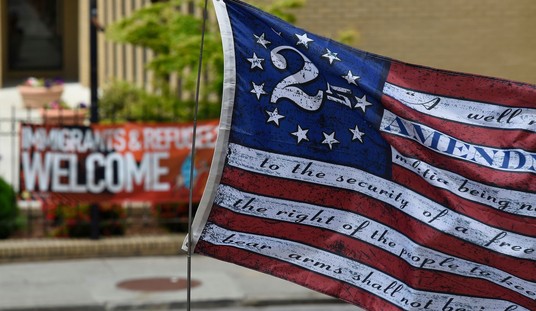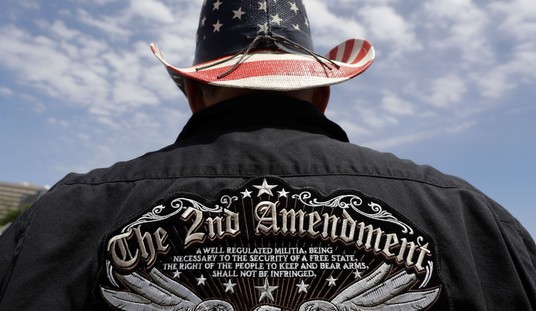
(Left Frame) Plaster ran two missions with Medal of Honor recipient Franklin D. Miller, top. Glenn Uemura stands beside Maj. Plaster and Chuck Hein kneels, front. (Right Frame) Plaster ran 22 top secret missions into Laos and Cambodia. Courtesy Maj. John Plaster
[Hear audio of the conversation between Graham and Plaster: here.]
[An earlier version of this article referred to the SOG as the Special Observation Group. The correct title is: Studies and Observation Group.–Editor]
Snipers haven’t always had the reputation offered other elite members of the military. Murder, Inc. and other such derogatory labels were used frequently until as late as the 1980s. One of the main contributors to the improvement of public opinion and continuity of a solid legacy of sniping knowledge is Maj. John Plaster, USAR , retired, author of the internationally recognized tome “The Ultimate Sniper.” A heavily decorated Studies and Observation Group operator during the Vietnam War, he has since excelled as a sniping instructor and military historian.
This week he sent out an email to his friends and colleagues, regarding a previously classified document released by the National Security Administration. Plaster’s email specifically referred chapter three of an NSA document titled, “Spartans in Darkness: American SIGINT and the Indochina War, 1945-1975.” What stood out in the chapter was the gap between HUMINT and SIGINT. Signal intelligence, that got radio intercepted radio communications, was much less accurate than that got through actual boots on the ground and eyes on the target, aka human intelligence.
The disparity was so great that while Plaster was inserting with SOG teams into Cambodia and Laos, returning with intelligence got at high risk to himself and others (some teams just disappeared in those jungles), it was often ignored in favor of intel gathered electronically and interpreted by an analyst back in Saigon, or even worse, Langley, or the Pentagon, by people who’d never set foot in a rice paddy, much less climbed a mountain in Laos.
While CIA and NSA analysts were telling the administration there was no build up of troops in Cambodia, Major Plaster’s team, and other SOG teams were returning from reconnaissance missions, made clear that the build up of North Vietnamese Army supplies and troops down the Ho Chi Minh Trail into Cambodia was well underway.
Needless to say, while a surprise to the analysts in their air-conditioned offices in Washington, it was no surprise to SOG operators, when NVA supply base after supply base were encountered on the controversial sweeps into Cambodia during the Nixon Administration.
More startling from the document was how much earlier the smuggling and troops insertions into South Vietnam began. Many think the major build-ups on both sides only started in 1965 when US Marines came enforce into South Vietnam. According to the NSA document, troop movements from the north were in full swing by 1959, with groups made up of communist South Vietnamese who had moved north during formation of North and South Vietnam, infiltrating down to create insurrection in the South. It reveals how the Viet Cong force was not a local insurgency but a Hanoi-inspired and directed front, initially consisting of NVA regulars of South Vietnam origin.
The insurgency in Vietnam was a campaign style originally formed and honed during the communist taking of Moscow in 1918 and replicated in Vietnam, Cuba, China, Korea, Nicaragua, and El Salvador: ally with others against a tyrant, then once the ruler is gone, take the seat of power by removing those previous allies and present competitors. Common sense would tell anyone that a track record of igniting communism in other countries could only be explained Soviet intentions of total world rule. Yet, throughout the years during and after WWII, many politicians and even those in the military and intelligence agencies refuted the idea.

Maj. John Plaster (r.) and former SOG commanders were honored at the Pentagon by Secretary of Defense William Cohen for helping refute CNN’s claims that the Green Berets had committed war crimes in Laos. Courtesy Maj. John Plaster
In conversation with Major Plaster, we talked about what is it in the offices of Washington and Langley that leads them to think they know better than the operatives and operators who come in direct contact with the enemies of the United States. The answer we agreed on is a blatant arrogance of those who have collected PhD after PhD, and think that because of all those degrees, they know better than the person on the ground.
In the CIA there is a major difference between someone in a clandestine services position and one in an analytical position. It’s the reason that I’m always much more impressed with someone who has been in combat and then becomes an analyst in an intelligence agency, over someone who becomes an analyst straight from university, especially if all they’ve been doing is working on a PhD.
It should be a warning sign to anyone in the intelligence field when a terrorism or counter terrorism analyst is younger than 25, with a PhD from a highly accredited university, and has never served in the military, much less been in combat, or even near a combat zone. There are these kinds of people on consulting contract to the government and they’ve been listened to by a variety of officials to great harm.
It’s part of a major problem in America that I ironically didn’t really understand until I took a contract with the ROK Army in 2007. I call it “PhD-itis”. It’s more pronounced in Korea, but it’s gaining here and that’s what’s so troubling. It’s an environment in which just because someone has a PhD, people automatically defer to the person with that PhD, as if someone with a PhD could never be wrong.
I’ve personally observed the error of this in the corporate world, where professors, who, because of no actual business and resulting ineptitude due to lack of that real-world experience, led to the downfall of the very company they were hired to help. All the while, the persons in question carried themselves with an inflated ego and false elitism that would never have been accepted had they not had the title next to their names.
In Korea, it has become so bad that many job seekers have gone the route of fake PhDs to keep up. One of the biggest scandals covered in the news, when I was there, centered on an official in the South Korean government who had gotten her position on a false degree from a US university.
Through the lenses of Vietnam, Central America and now the Middle East, it’s very troubling that the same problems within our intelligence services prevail, the enemy still uses the same strategies of smuggling and insurgency, and reminds us of the questions pressing our society. It’s also a reminder to our present fighters to trust what they see and collect, and not rely too much on what those back in air-conditioned offices, far from the heat of battle, interpret.
[To download Chapter Three of the NSA document, purchase THE sniper’s manual, or get a plethora of free downloads of documents on sniping going back to the American Revolution, visit www.ultimatesniper.com]








Join the conversation as a VIP Member